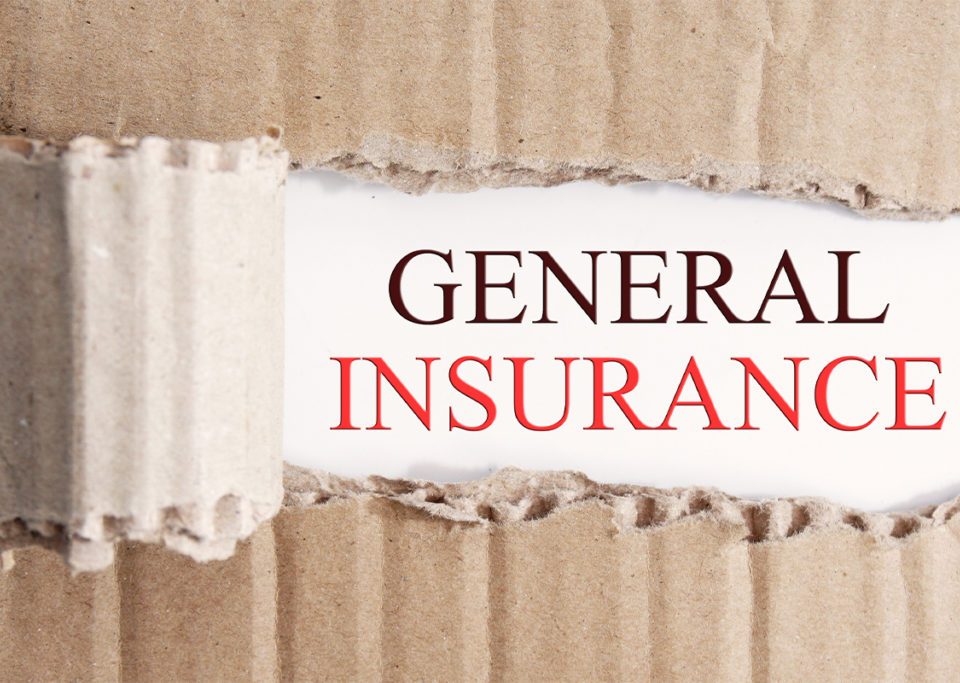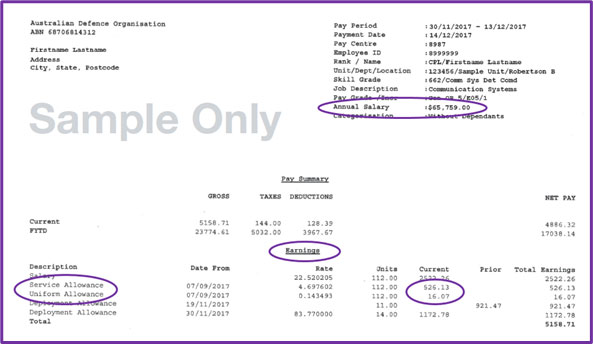Home and Property Insurance – Why you should have it and what you need to know.

Property Spruikers
April 11, 2022
Strata Living
May 16, 2022The catastrophic damage caused by extreme rain and storms events in NSW and Queensland during March 2022 is a timely reminder to all Australians who are fortunate enough to own their own home and/or investment property to suitably insure them.
Just to offer some context about the latest weather events, it’s been reported by one of Australia’s largest insurers that they have received an additional 45,000 claims (over and above normal levels) arising from one event earlier this year. This has required them to establish a specially dedicated department and to employ many additional staff to clear the backlog. They estimate this process will take many months, but at least it appears that most of the claimants will be covered.
Of course, you can choose to take a chance and decide not to buy insurance (unless your lender requires it). However, as many people will testify who have lost their uninsured homes in recent years as a result of the increasing incidence of fire and flood, failure to insure may lead to serious personal financial hardship, even bankruptcy and (in the ADF context), potential loss of security clearance and employment…not a smart decision when the problem can be so readily avoided.
Here are a few points to consider when buying insurance:
Cost of rebuilding
Most people have little idea of the cost of rebuilding and of the value of their contents. You might be surprised (even astonished) to know just how much building costs have risen in recent decades, so before you nominate an amount, consider getting a professional valuation or estimate for insurance purposes;
Replacement cover vs agreed value
Insurance companies sometimes offer the option of choosing “replacement cover” or a “sum assured” within a particular range that they nominate. Before choosing, read the policy document and understand what these terms mean. “Replacement cover” may be more advantageous, but it is likely to cost more, so understand its meaning and balance that against any additional cost;
Limits per item
Understand your coverage for the replacement of items such as jewellery or appliances. Is it “new for old” or just their second hand value at the time of the event? Check the coverage limits on individual items in the policy. For example, there might be a limit of, say, $500 on each appliance or a limit of, say, $1,000 on each item of jewellery. Especially in the case of jewellery, this may be overcome with the agreement of the insurer if you individually identify and professionally value the relevant items at the time you purchase the insurance and thereafter on a regular basis;
Exclusions
Check what is not covered by the policy. Typically, this section of the policy document is called “What we won’t cover” (or words to that effect) and the list is usually a long one. Technically, these are called “exclusions” and they can cause unpleasant surprises at the time a claim is lodged with the insurer. Examples of possible exclusions include water damage due to poorly maintained drains, dodgy electrical connections and theft of property due to lengthy absences from the premises, for example, whilst on ADF deployment. Any problem with the latter can usually be overcome by advising the insurer about the circumstances of your absence, including steps you will take to have your property secured and inspected in your absence. On the matter of avoiding damage in the first place, here’s a helpful tip….the insurance industry advises that sub-standard and corroded flexible hosing under sinks in kitchens and bathrooms are notorious for bursting under pressure, causing expensive and extensive water damage, so having these checked regularly by a licensed plumber is surely a better option that having a lengthy dispute with an insurer about who is responsible for the replacement of your destroyed kitchen;
Excess
Understand the initial amount you will have to pay in event of a claim. This is called the “excess”. It’s usually between $500 and $3,000. In order to reduce the annual premium, you (“the insured”) can usually increase the excess at your discretion when the policy is renewed. Should you decide to increase the excess, note the amount by which the premium reduces as the excess grows. Sometimes, it’s not an obvious decision because the premium might not fall all that much. In the end, it’s a balancing act between your desire to lower the annual premium vs your willingness to pay the first, say, $2,000, of any claim. Be careful here because you may find that your excess becomes so high that you end up paying 100% of the cost of every small claim you make; and
It’s a legal contract
An insurance policy is a legal contract between you (the “insured”) and the insurer. The terms of most insurance policies are complex, full of legal definitions and wordy exclusions. When you make a claim, the first thing the insurer will do is to assess whether your claim is within the terms of the contract. The insurer may also ask you to pay the excess which should be refunded later should the claim be unsuccessful. The point here is that policy documents vary considerably and it’s your responsibility to understand the terms of your coverage and its limits. The reality is that some policies are better than others and it’s often a smart idea to pay a bit more to get exactly what you need. However, it’s up to you to work out which policy best suits your circumstances. So take your time and do your homework in order to avoid disappointment when you need to make a claim.
Want to learn more?
If you’d like to learn more about insurance, a good place to start is www.moneysmart.gov.au. You can also go to a comparison website or to an insurance broker (www.needabroker.com.au), although when you do, understand how the site/broker is paid and by whom. This may (stress may) have an impact on the advice you receive. If ever you have a complaint, go to the insurer/broker first, and if it’s not resolved satisfactorily, consider going to the Australian Financial Complaints Authority at www.afca.org.au






